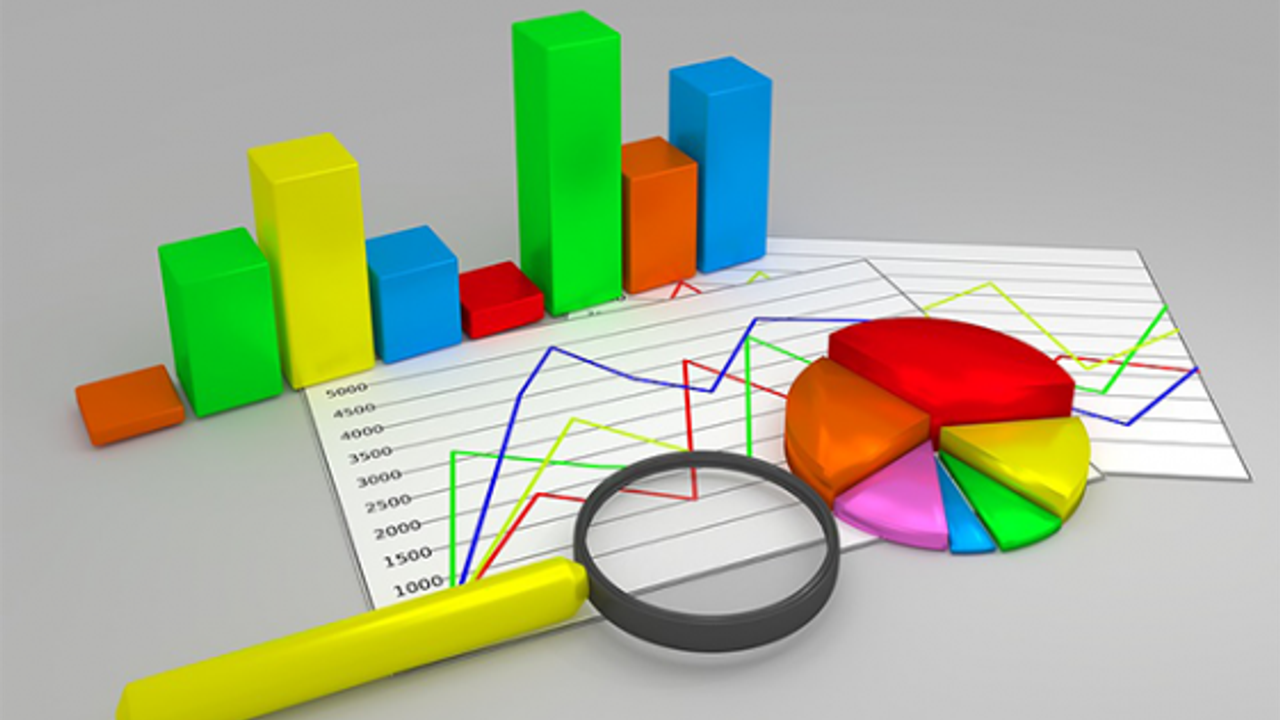The Biden financial package, which is the largest stimulus package in US history, also passed the Senate stage. The package includes $ 1,400 in cash assistance to most Americans, $ 300 weekly unemployment payments for 9.5 million layoffs during the epidemic, and $ 350 billion in aid for state and local governments. Since the Democrats said the plan was necessary to end the pandemic, they had to make a few last minute changes to get support from all their members. Republicans opposed another major spending plan, claiming that the state of the economy does not allow this. As there are a few changes to the package content, it will be reapproved in the House of Representatives earlier this week and it is hoped that then sent to Biden's desk before the unemployment benefit programs end on March 14.
The passage of the package is of course positive for inflation at this stage. Extending unemployment benefits until September and $ 1,400 paychecks will give many Americans the ability to spend. We will understand the inflation reflection of this from how much of the aid will go to spending, how much will go to financial markets, and how much will go to savings. The first two are positive in terms of both inflation and the stock market. Meanwhile, Yellen's statement that "the increase in bond yields is not caused by inflation, but by the recovery in the economy" is important. The increase in inflation, which will result from the increase in retail expenditures in the short term, may cause the increase in yields to continue. There is a possibility that inflation will exceed the target band for a while in the near term.
The data set that will crown this numerically is of course CPI… CPI data for February will be announced on Wednesday. Inflation is expected to rise from 1.4% to 1.7% on an annual basis, with an increase of 0.4% per month in the headline. Core inflation, which excludes food and energy, is expected to remain stable at 1.4%. In other words, the increase in inflation due to commodity and energy prices already carries us to a certain point. The increase in demand will be an addition to the increase in inflation. In this respect, we think that the increase in inflation expectations has an effect on the bond yields as well as the economic recovery. The movement on 5 yr and 10 yr break even confirms this situation. One of the positive effects of this situation is that the real interest rate does not increase excessively. We will also have the opportunity to see how much the yield effect was in the 10-year and 30-year bond auctions to be held on March 10 and March 11 compared to the previous period. The Fed meeting to be held on March 17, and Powell's failure to put forward a clear stance was interpreted as the central bank still does not want to intervene in the bond market. But if QE is not reduced, we will be more likely to see a more efficient Fed on the yield curve.
We will be watching the decisions of the ECB, another institution expected to take action against the situation in bond yields this Thursday. Policymakers will likely keep rates steady, but can increase the pace of asset purchases to counter rising bond yields. The December stimulus package was intended to correlate the economic recovery, but the increase in bond yields makes it difficult. In addition, although the dynamics and speeds of economic growth are quite different, the central zone (Germany) interest rates in the Euro zone have recently been highly correlated with US rates. In this case, high interest rates cause unnecessary tightening of financing conditions. The ECB can use its margin of flexibility and increase net purchases this Thursday without changing the purpose and direction of the PEPP program. I will detail these expectations further in the preview article I will publish on Wednesday.












